
Portobelo: The Historical Town on Panama’s Caribbean Coast
Subscriber Login - Not A Member Yet? Click Here Email Address Password Remember Me Forgot Your Password?

Subscriber Login - Not A Member Yet? Click Here Email Address Password Remember Me Forgot Your Password?
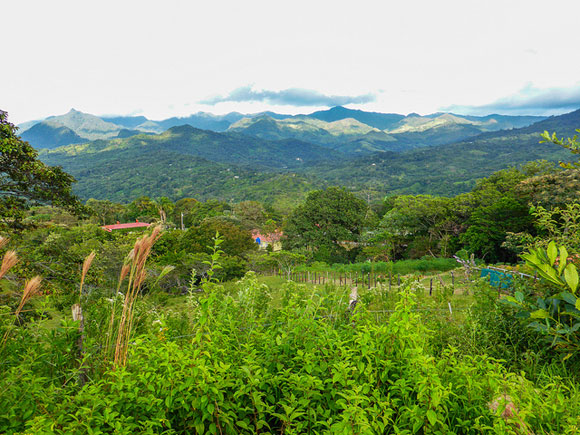
It’s that time of year again…International Living’s Annual Global Retirement Index is hitting the presses. And in the top spot: Panama. I should say: Panama again. Because this tiny powerhouse has topped this index more times than any other country. (International Living’s first Annual Global Retirement Index was published in 1992.)
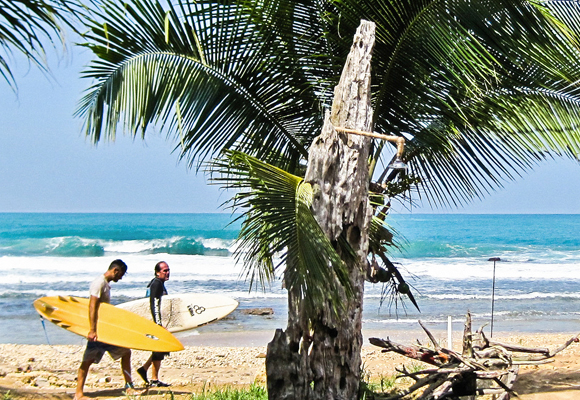
The island destination in Panama I’m asked about the most is Bocas del Toro—and with good reason. A trickle of adventurous visitors and a tight-knit expat community have transformed insular Bocas del Toro from a sleepy archipelago to a bustling outpost. But if you’re considering island life, you’ll be interested to know that Bocas is not the only exciting option available.
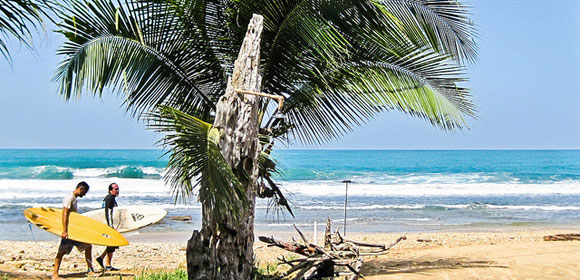
Since I moved to Panama 10 years ago, the islands of Bocas del Toro have become one of my favorite vacation spots of all time. It's just an hour-long flight from Panama City...though I've also driven the scenic seven hours or so to the launch point of Almirante, where you can get a 30-minute water taxi to the main island. I've traveled extensively throughout the Caribbean...St. Thomas, Grand Cayman, Martinique...you name it, I've probably been there. But for me, none of them can hold a candle to Bocas del Toro.
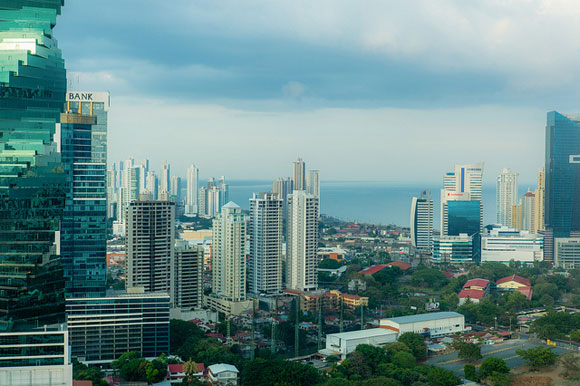
As night begins to fall, strings of lights twinkle above my head. The temperature drops 10 degrees to about 78 F...absolutely perfect. The open rooftop terrace of Panama City's Tantalo Hotel is a fantastic place to enjoy the cool evening breeze. Not to mention the colonial architecture of Casco Viejo, one of Panama's oldest (and most romantic) quarters.
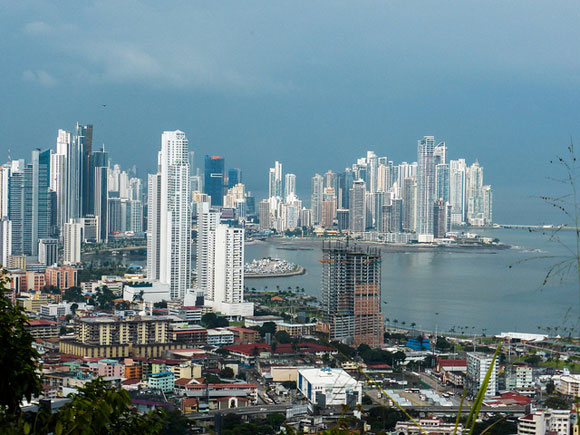
Weekends, Rita Sosa tends to spend at her beach house, just over an hour’s drive from Panama City. “Our house is literally on the beach,” says Rita. “When I go up there, I just go to relax and swim. I’m very happy to sit and read a book outside and not do a whole lot of anything. It’s so great to have beach weather 12 months a year, and I love the tropical greenery.
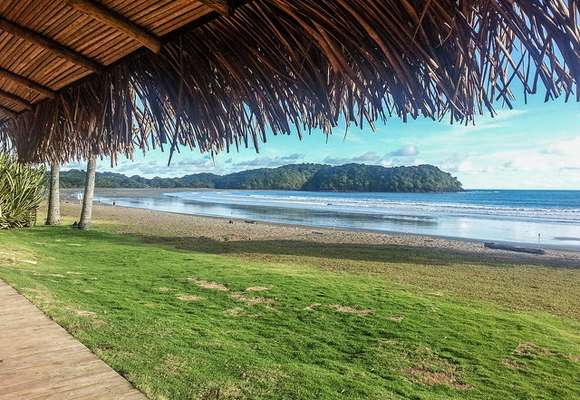
A million shades of green surround me as I drive. Above, the sky is a deep cornflower blue. I’m on the perfectly paved (and newly expanded) National Highway, driving down the Azuero Peninsula’s eastern coast. As is customary in this region of Panama, the sun is shining. A five-hour drive will get you from Panama’s sultry capital to Pedasí, a gem of a village. Banana trees, sugar cane, and countless varieties of palms line the flat horizon. There are no highrises here…towns in the greater Pedasí district are tiny.
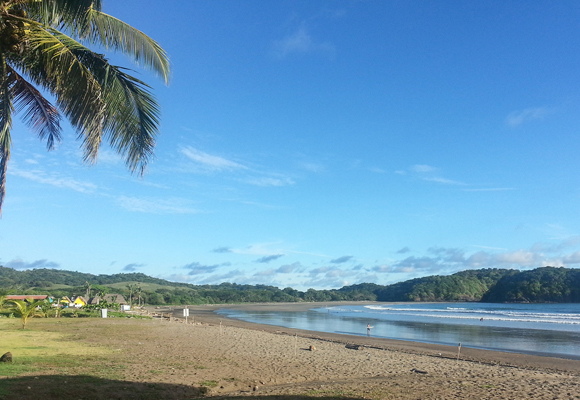
“In Pedasi, Panama, we live a life we couldn’t have had back home,” say Connie and Mikkel Moller. “If we were in the U.S., we’d both be working, at least part-time, and constantly worrying. After visiting for a few days in 2012, the Mollers fell in love with Pedasi. “We loved it. We fell for Pedasi. The people, the ambience…everything about it.” Located five hours by car from Panama City (you can also fly; it’s just under an hour from Panama City in a tiny commercial plane), most days of the year are sunny. Average daytime temperatures are around 88 F, but evenings and mornings can be 10 to 15 degrees cooler, thanks to the ocean breezes.

Lorelei Kusin lives on an island in Panama’s Bocas del Toro province, and in this part of the Caribbean, time seems to stand still. “Our small house is situated on a bay facing the ocean,” she says. After waking to the sound of chattering birds, Lorelei and her husband James enjoy a cup of freshly ground Panamanian coffee, followed by a smoothie using local fresh produce such as fresh coconut water, mango, pineapple, guanabana, and bananas. “Then I often swim or paddleboard before we head to town in our 22-foot boat.”

The sound of rolling waves soothes me as I lie on the warm, glittering white and black volcanic sand. Bursts of green palm trees ring the beach, which is dotted with bits of driftwood, coral, and shells. White marine birds complete the scene, standing on spindly legs, looking out towards the sky-blue sea.